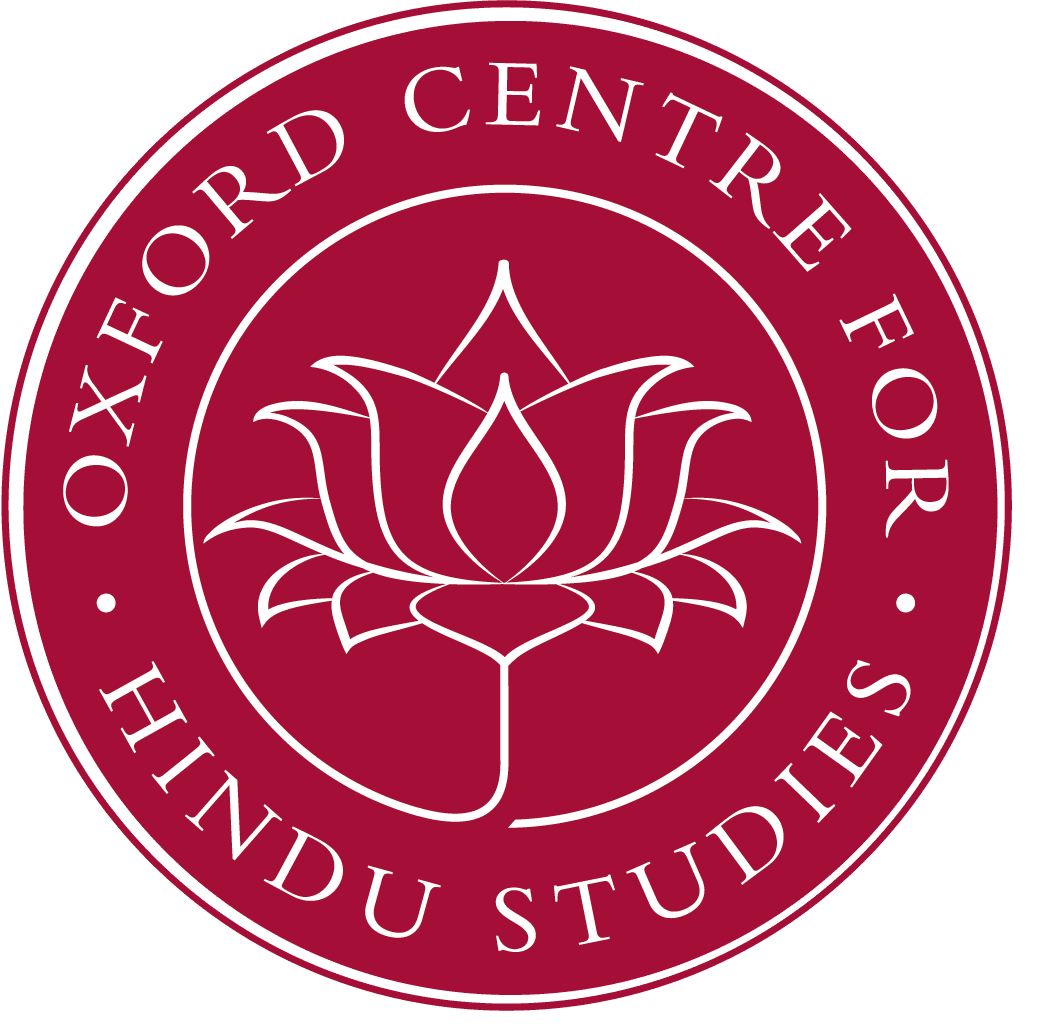Grammar (vyākaraṇa) has been generally considered to be at the very core of Brahmanical culture, to which it provided a template for systematic thought and intellectual discourse long before any other system of knowledge. And there is consensus about the fact that grammar, and especially Pāṇini’s grammar, helped legitimising the use of Sanskrit and making it the linguistic medium that dominated the literary culture of pre-modern South Asia for more than two millennia. However, until now this role has been mainly described in rather vague terms as related to the prestige attached to Sanskrit as the language of the Vedas and the priestly class. In light of the content and structure of Pāṇini’s grammar, on the one hand, and of the Buddhists’ early adoption of Sanskrit (followed, some time later, by the Jains), this explanation appears overly simplistic. I will look at the early history of the Pāṇinian tradition and suggest that, together with a number of other complex factors, it played a much more fundamental role in shaping the destiny of Sanskrit in South Asian history than has been recognised until now.
Vincenzo Vergiani is lecturer in Sanskrit at the Faculty of Asian and Middle Eastern Studies, University of Cambridge. His main areas of research are the Sanskrit grammatical tradition and the history of linguistic ideas in ancient South Asia. He is the director of the project “The intellectual and religious traditions of South Asia as seen through the Sanskrit manuscript collections of the University Library, Cambridge” (http://sanskrit.lib.cam.ac.uk/), funded by the UK Arts and Humanities Research Council. He has co-edited Studies in the Kāśikāvṛtti. The section on pratyāhāras. Critical edition, translation and other contributions (2009), and Bilingual Discourse and Cross-Cultural Fertilisation: Sanskrit and Tamil in Medieval India (2013).
